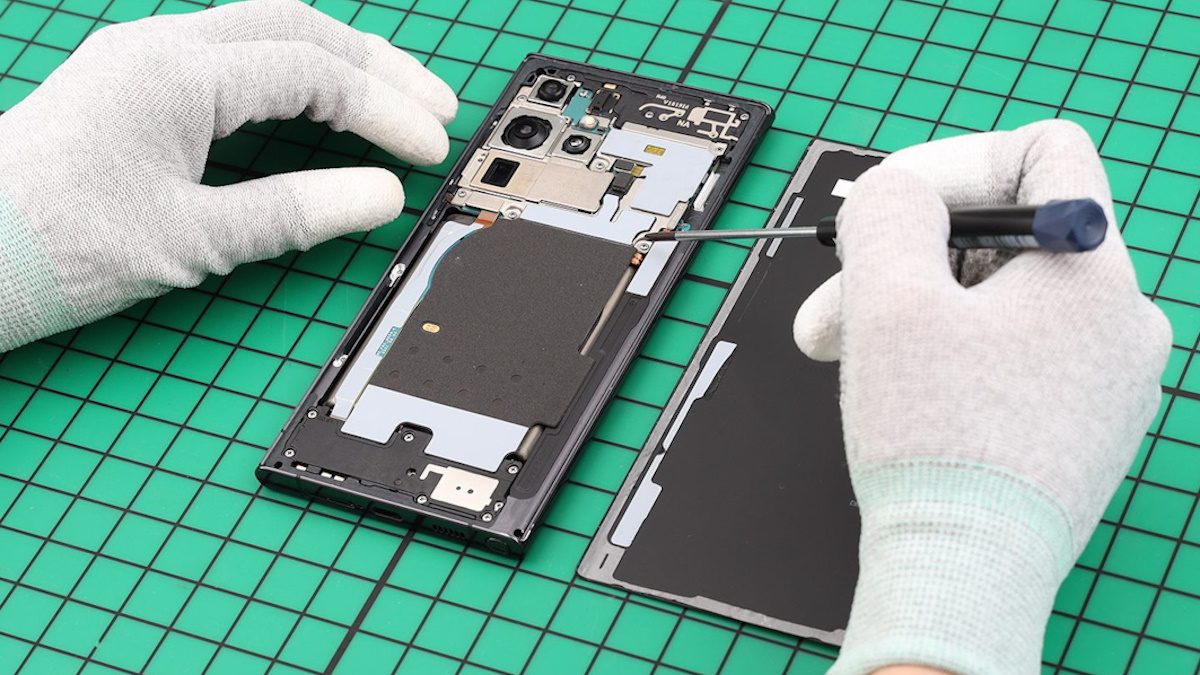EU right to repair rule extends warranty and makes repairs easier and cheaper
TL;DR The EU has established new right to repair rules that extend consumer protection for repairs. This strengthens current consumer protection in the EU and makes repairs easier and cheaper. EU members will have two years to implement the new rules into law after their formal approval. The EU has officially adopted new rules aimed […]

TL;DR
- The EU has established new right to repair rules that extend consumer protection for repairs.
- This strengthens current consumer protection in the EU and makes repairs easier and cheaper.
- EU members will have two years to implement the new rules into law after their formal approval.
The EU has officially adopted new rules aimed at making the repair of consumer goods, including the repair of smartphones, more accessible and cheaper for users.
This includes several new mandates, including requiring companies to repair devices even after the warranty period has expired at a reasonable price.
As we saw previously, EU rules already provided protections covering consumer goods with a minimum 2-year warranty. Users can choose to have a broken product replaced or repaired during this standard warranty period.
What’s new?
With that Last update According to the legislation, if users choose the repair option during the initial warranty period, companies will have to extend the warranty for another year.
Additionally, the EU rule requires companies to inform users of their right to repair, to carry out repairs outside the warranty period on time and at a “reasonable” cost, and to provide access to spare parts and tools.
Additionally, the rules state that companies cannot create hardware or software impedances that block repairs. This includes “parts trimming,” or prohibiting the use of second-hand or 3D-printed replacement parts from independent repairers. Companies also can’t refuse a repair just because a third-party technician has already fixed it. Apple in particular has engaged in such practices, while touting its green credentials.
To make repairs more accessible, the EU will create an online platform where consumers can search for repair shops and community repair locations like repair cafes.
This sounds quite impressive, but it is also important to highlight what is not included in these new rules regarding the right to repair.
What is not included?
Although consumer products such as washing machines, vacuum cleaners and smartphones are covered by this right to repair rule, it does not cover products purchased for businesses or industrial goods, the coalition rightly points out. Right to Repair Europe (h/t The edge).
Furthermore, the coalition also points out that vague language such as “reasonable price” and the fact that companies can refuse to comply by citing “legitimate and objective factors” still leaves a back door open for the emergence of problems.
When will it come into force?
The new rule still needs to be formally approved by the EU Council, after which EU member states will have two years to incorporate it into their legislation.
The introduction of this right to repair law will help reduce CO2 emissions, reduce waste and even generate billions of dollars in new growth and investment, according to the European Commission.














